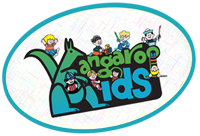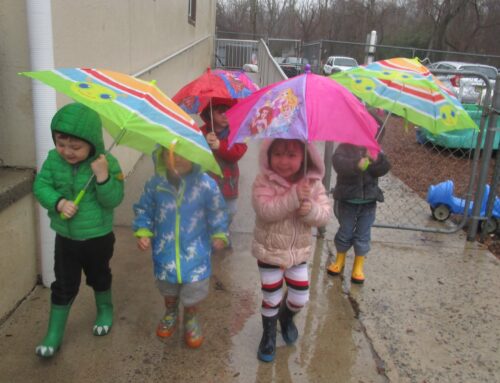Because children are naturally curious, they can learn many lessons through gardening and associated activities. What child doesn’t like to play in the dirt, make mud pies, or check out the bugs and worms? Aside from this, other educational aspects of gardening might include:
• Science – Talk to your child about the life cycle of a plant. What does it need to grow? Ask questions about environmental aspects-what will happen if it gets too cold, rains too much or not enough? Which seeds grow faster?
• Math – Many math skills can be involved in planting a garden, such as measuring the space, counting seeds, spacing the seeds or plants, or comparing the sizes of seeds. You can also use a rain gauge to measure the amount of rainfall.
• Art – Children can draw pictures of plants or possibly make a series of pictures of the vegetable or fruit from a seed as it grows to a full plant. They can make their own row markers by drawing a picture of the plant on a piece of paper or cardstock, then covering it with clear contact paper and gluing to a popsicle stick.
• Language & Reading – Many libraries have books about gardening that parents can read with their children. Look at seed catalogs and let children help choose what to plant. As it gets closer to harvest time, help them look for recipes that might use items they have grown.
Gardening can teach children how to be responsible and care for something (feeding, weeding and watering) and give them a sense of accomplishment as they watch what they nurture grow.
Gardening also teaches patience, as they must wait and watch as plants thrive in their well tended garden.
Some great things to plant for children are Sunflowers, lettuces, radishes, snow peas, cherry tomatoes, squash and pumpkins.





